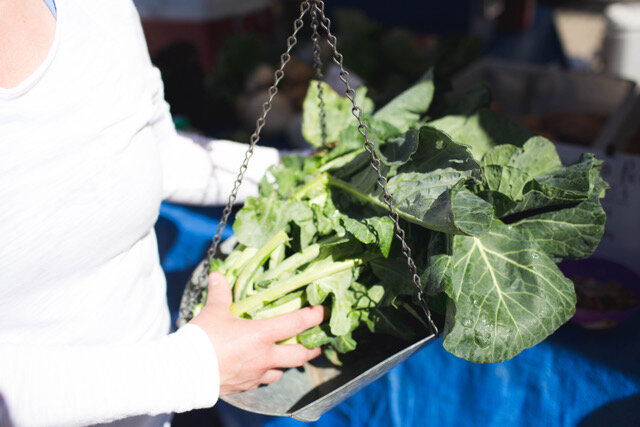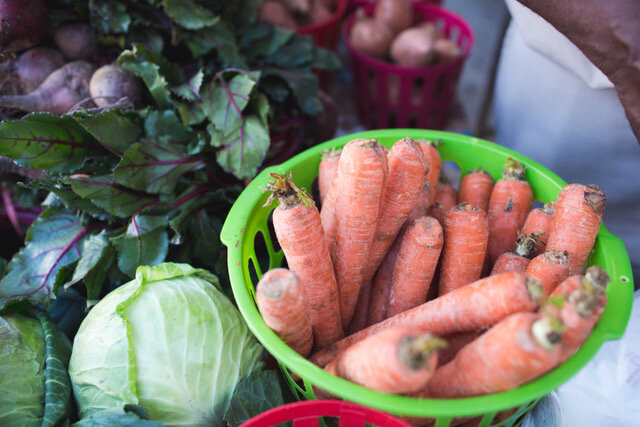







This is the place where I get to share the pure love and admiration I have for pets, while supporting movements like Adopt Don’t Shop and advocating for causes such as Black Dog Syndrome. Come on in . . . Stay a while. And Come back soon.
This Blog is dedicated to my first dog, Sam the dog, Sam the cat, Trapper, North and Blue, Lovely, Toffee, Jett, Kobe, Patti, Maggie, Hailey, Katie, Cleo, Thunder, Rosie, Oreo, Willy, Ashes, Freckles, Bear, Teddy, Willow, Ollie, Luna, Oakley, Sage, Zen, Havi Gigi, Tessie, Sassy, Riley, Svenny, Robie and “Three Rockstar Bitches.”
As a chef for both humans and pets, I am challenged to create healthy and nutritious meals for all. Because I subscribe to holistic nutrition principles for both humans and pets, there is no one-size-fits-all package in my menu planning and food preparation. I use the same philosophy of cooking for everyone I feed.
Whereas my human clients range from ages one to eighty-five, their pets can range from ages two months to 14+ years. Whether the people are rock stars, supermodels, athletes, growing kids, working parents, or retirees, they get what they need to be, look, feel and perform at their best. Similarly, whether the animals are agility champions, retired working dogs, high-level show animals, or family pets, they all get a menu plan that improves the quality of their lives. I cook with an attention to biological individuality, from birth through maturity.
The biggest challenges I face when cooking for pets, are (1) their humans making comparisons to themselves, (2) skepticism about the value of wholesome home-cooked or raw foods compared to commercial kibble, and (3) fads like “no carbs” or grain-free. Myths abound regarding types and percentages of fats, proteins, carbohydrates and the consumption of some fruits. Other issues that can arise include global ethics (i.e., veganism and sustainable food sourcing), religion, and politics. A person following a vegan diet may have difficulty buying, handling, preparing, and feeding meat to his or her omnivorous dog and carnivorous cat. According to Catherine Lane, in her article, Perspectives on Canine Nutrition, “Food should be nutritionally balanced to meet the specific need of your breed, age, weight, activity level and overall physiology.” That being said, I would like to clear up a few myths.
Comparisons: Pets may eat the same foods we do, but their nutrient requirements differ from those of humans. For example, dogs need a “high-value protein” and far more calcium and other minerals proportional to their body weight than you and I. Calcium, especially the source of calcium, is of significant importance to pets on home-cooked and raw diets without supplements. For example, if you’re an animal ethicurean, vegetarian, or vegan, it isn’t wise to try and persuade your kitty to give up her meat too. If you want to keep Fido strong enough to win his herding championship, fat-free low-carb won’t cut it.
The Diet: If it walks like a duck, quacks like a duck, let it eat like a duck. As CJ Puotinen points out in The Encyclopedia of Natural Pet Care, “In the end, each owner makes a personal choice, and that choice must be respected. I hope that everyone who lives with a dog or a cat will let thousands of years of natural selection define their canine and feline menu planning.” That goes for birds, turtles, rabbits, horses, and pigs, too.
How Much: Some pets are fed free-choice and eat only when they are hungry. Others are hungry all the time—you Labs know who you are! Let your pet’s age, weight, activity, and appetite help you guide them. From birth through maturity, as well as seasonally, your pet’s nutritional needs change. They may also have a change in appetite as well as fluctuating weight loss and weight gain. This can be managed with a few considerations—portion and calorie control, coupled with the nutritional analysis of the foods’ protein, fat, and carbohydrate content. The amount fed throughout the day should be determined in proportion to their life stage and level of activity. For example, growing puppies require twice as much energy (food) per pound of body weight as adult dogs. Puppies might eat three to four times a day, while older or overweight dogs expending a lower percentage of energy eat once or twice a day. Pets with special needs (pregnancy, lactation, diabetes, recovering from injury or surgery) require specific guidelines for feeding.
Carbs, Complex Carbs and Grains: Carbohydrates are often thought of as grains, and only grains. However, carbohydrates can include vegetables, fruits, and legumes. Feeding low carb can be a healthy way to control blood sugar, but energy needs should also be considered. Working dogs may require more carbohydrates, and many can eat grains like rice, oats, and quinoa. Complex carbohydrates provide a host of vitamins, minerals, fiber, and even protein. Other carbohydrate-rich foods useful in our pets’ food include sweet potato, tapioca, peas, chickpeas and lentils, carrots, squashes, broccoli, and cauliflower.
Fat: We want the right fat in the right proportions to your pet’s species, breed, body-type, and activity level. Cats and dogs differ in their requirements for quality and quantity of fats. Working and outdoor pets in cold weather climates need more calories from good fat in the diet. Animal fats and plant-based fats both have beneficial qualities and are used in different proportions for different reasons.
Fruit: Your canine companion and feline friend may benefit from fruit every now and then. However, cats and dogs differ in their likes and dislikes, as well as nutritional needs. Cats are true meat-loving carnivores. They really need their animal protein. Dogs and humans, as omnivores, can eat more vegetables and some fruits. Because fruits are higher in simple carbohydrates – also known as sugars – I recommend limiting fruits to the lower-sugar varieties of apples, pears and berries. An occasional bite of banana, papaya or melon is fine as a treat.
I started developing my signature pet food and treat recipes in 2009 under the guidance of my holistic veterinarian, Dr. Shauna Ault, for my soul-dogs North and Blue, as the primary recipe in their home-cooked meal plan. It started out as a very limited-ingredient healing diet. Over time, with modifications it became an allergy diet, arthritis diet, cancer prevention diet, and a liver cleansing diet. It took on many variations and purposes throughout the years, depending on their needs and life stages. Today, this recipe is a favorite of my new canine companions, aka, “Three Rockstar Bitches.”
I share these recipes with you for the sake of introducing you to the idea that someday, like myself, you may simply want to treat your dog to clean, home-cooked food and treats; or in fact you may need to transition your furry and feathered pets to a new diet that stimulates natural healing while promoting optimal health. You can do it by skillfully customizing and formulating recipes for meals and snacks that are nutritionally complete, and minimally prepared right in your own kitchen. With impeccable taste and a keen eye for selecting the best ingredients, think of the fun you will have and benefits you and your companions can receive by preparing a home-cooked meal every now and then. From a hand-picked variety of preservative, additive, hormone and antibiotic free ingredients that your pet is not allergic or sensitive to. Imagine human grade food that looks like food, smells like food, and actually tastes like food. Enjoy these recipes as a fun addition to your daily regimen. As a topper, a treat, it’s your call.
If someday you do decide to make a switch or increase the volume of home-cooked food you feed your canine family, know, that before you make the switch, many veterinarians would agree you need to understand switching exclusively to a home-cooked diet may result in nutritional deficiencies if not done with their supervision and a guarantee that the appropriate nutritional needs of your pet are met by heavily supplementing them as well. Many holistic veterinarians would agree to supplement with veterinary formulated, non-synthetic, whole food supplements only and can help with formulating balanced recipes. Transitioning your pet to any new food should be met with a test tolerance of small quantities first, and then gradually mix increasing amounts of your pet’s new food with decreasing amounts of their previous food over a four-to-six-week period in order to allow their digestive system to adjust without gastrointestinal discomfort. For a period of time, you may also want to add a natural, pet’s digestive enzyme to their food to avoid digestive upset from certain foods.
That’s a wrap, Rockstars! Read more on my blog below.

Pepper’s Mini Mutt Balls

Svenny’s Happy Birthday Pup Cake “Dogs deserve to party too!”

Amy’s Got Crackers “Love and gratitude in a treat.”

Three Bitches “Instant Pot” ™ Harvest Stew

Curry in a Hurry “North & Blue’s Kind of Stew”


